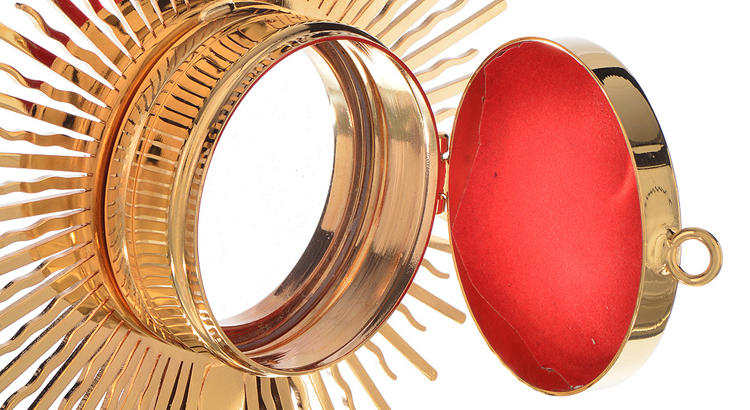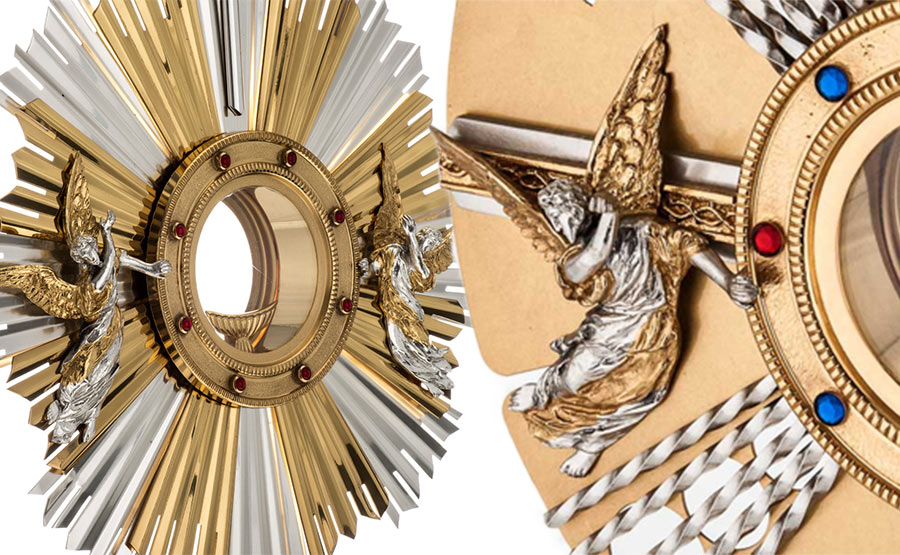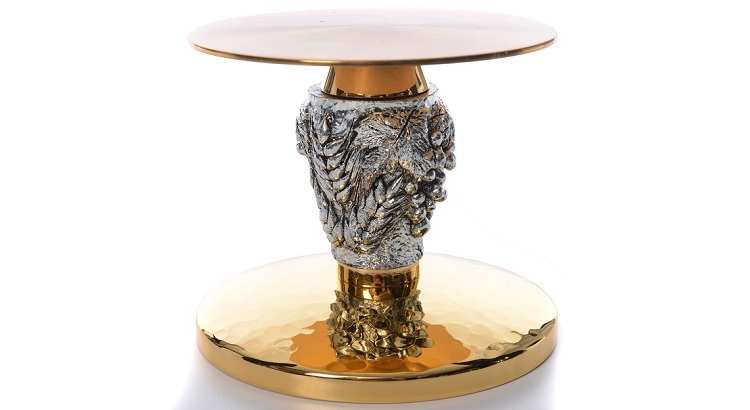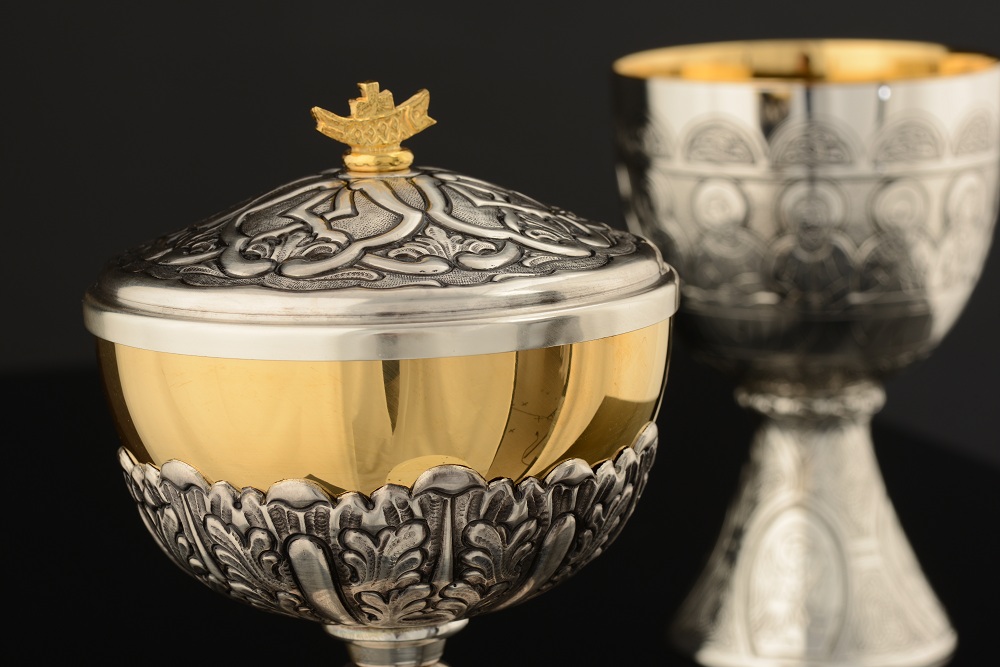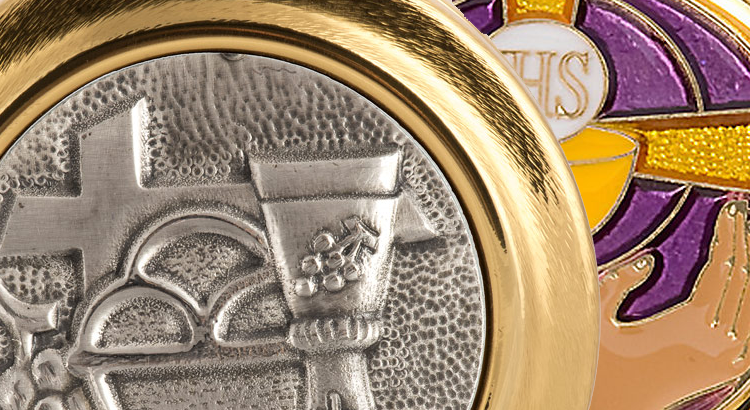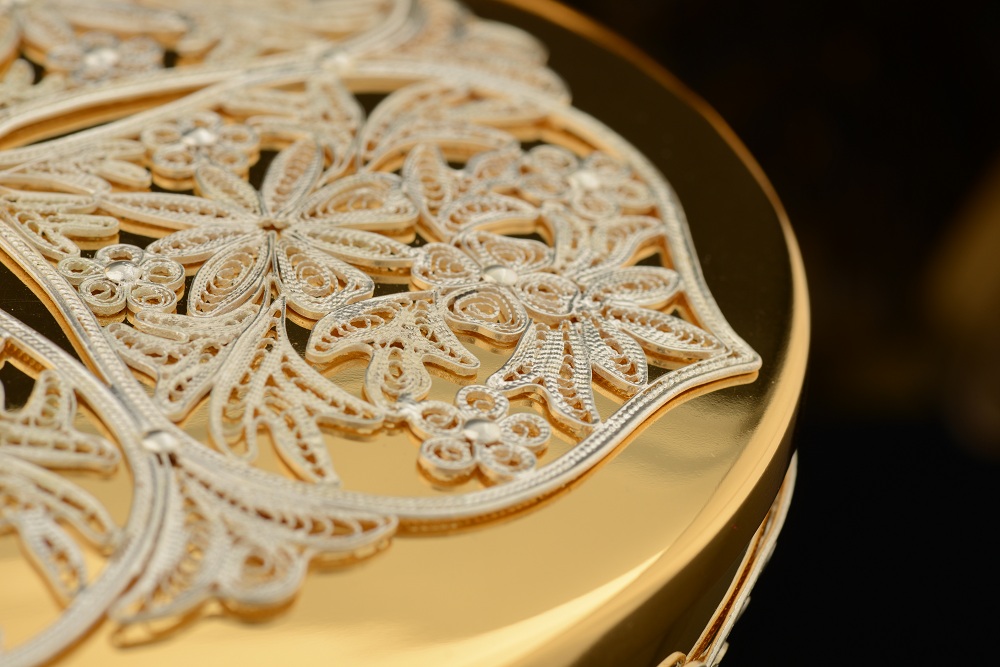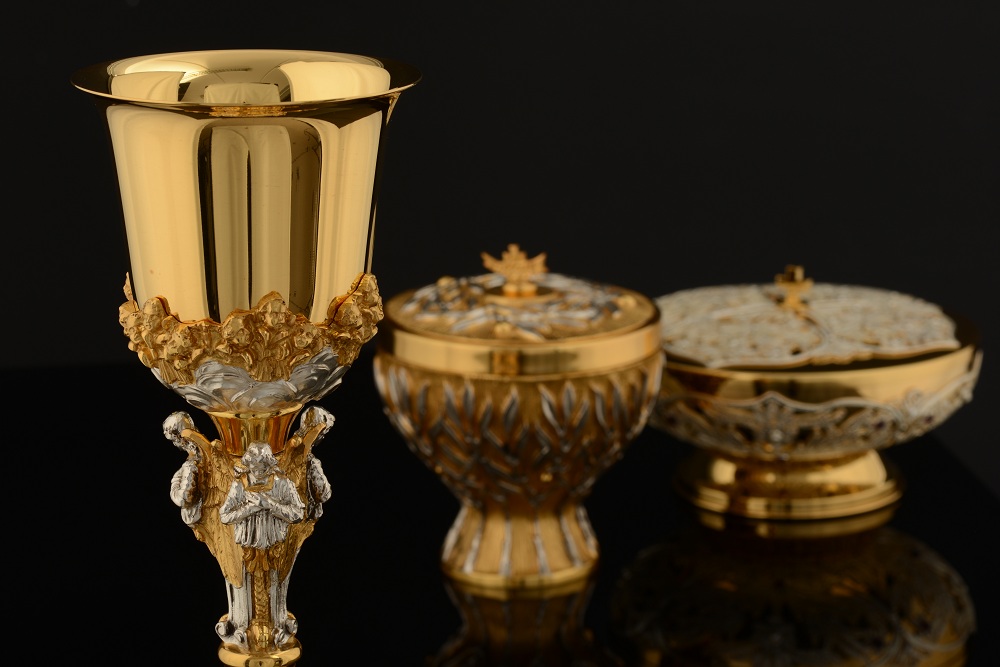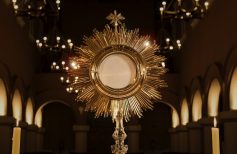The metal reliquaries are containers made of different materials and with the most varied forms, designed to contain and preserve the mortal remains of the saints, or what remains of them, like fragments of bones or other body parts. The word “reliquary” comes from the Latin “relic”, that means rest. The metal reliquaries can also contain items that belonged to saints or were used by them.
In both cases, the metal reliquaries are important and valuable for the use made of them: stably exposed to the faithful or in some specific occasions, often carried in procession, are the object of veneration and absolute devotion.
For this reason, metal reliquaries have always been built with quality materials and decorated with exquisite artistic elements, although originally it was simple wooden boxes. But soon gold, silver, enamel and precious stones were used for reliquaries.
Metal reliquaries in ancient times often had the shape of a cross, or the part of the body which guarded the relic within (hands, skull, foot, bone …).
In the late Middle Ages metal reliquaries began to be built with a piece of crystal or glass, to allow the faithful to see the content. This increased further episodes of devotion, so as to trigger a strong repression by the Lutherans, who saw the veneration of relics a form of idolatry.
In some churches, the relics were so numerous as to require the installation of special rooms, chapels of relics whose walls were made of glass cases containing relics of all kinds.
In the Baroque period the metal reliquaries increasingly assumed the form of a Eucharistic monstrance, and this still remains the most widely used model, although the worship of relics have lost some of the fervor of the past. However, it remains a very strong component of popular religion in the world.

